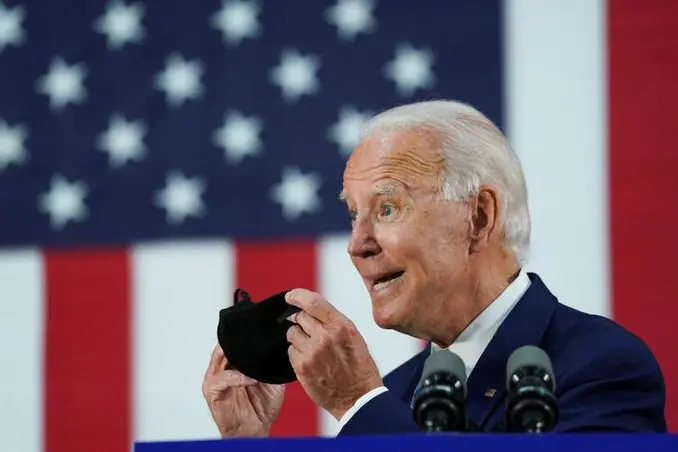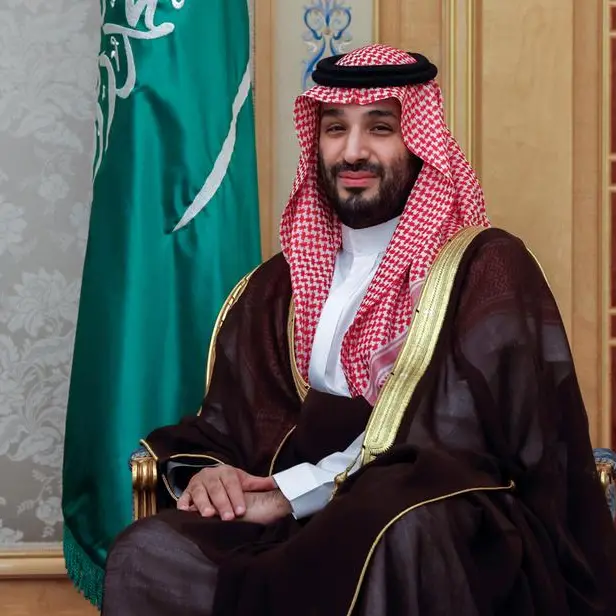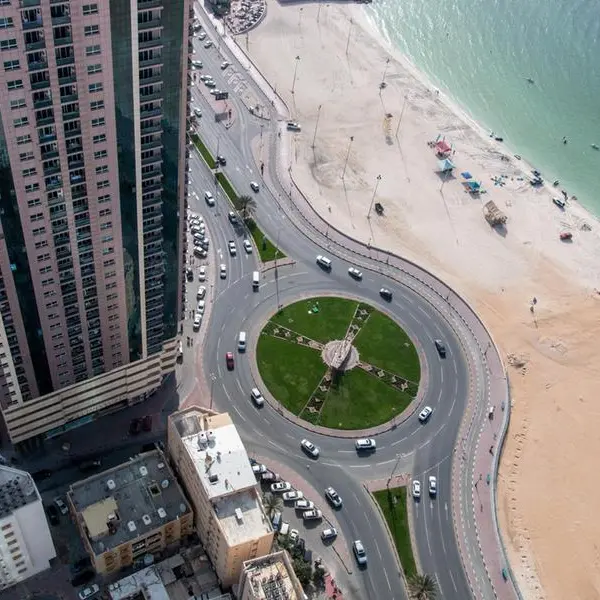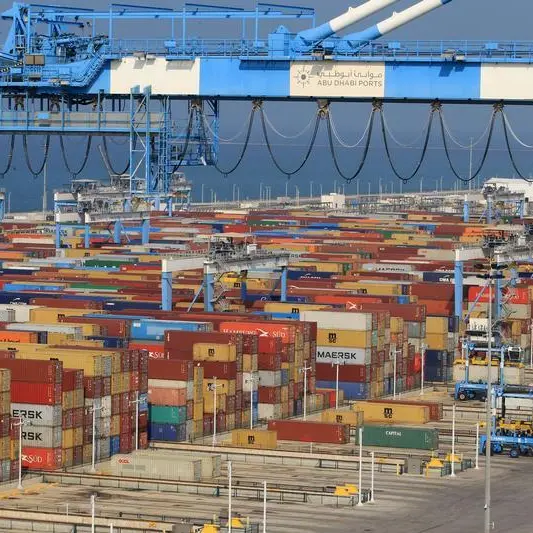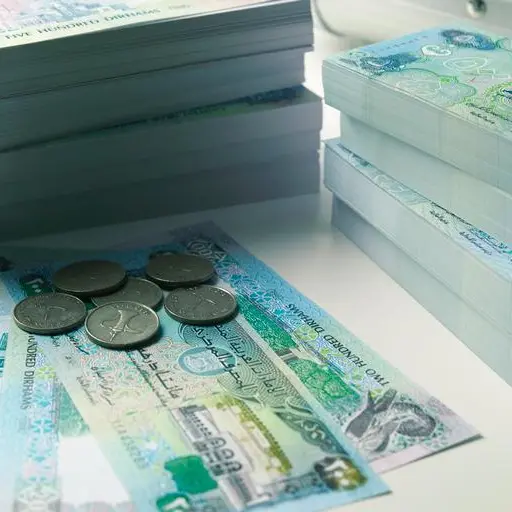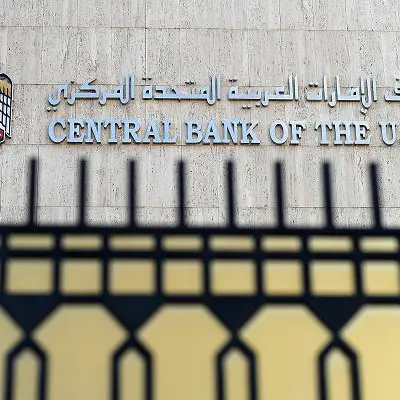PHOTO
(The authors are Reuters Breakingviews columnists. The opinions expressed are their own.)
NEW YORK/SAN FRANCISCO - Joe Biden has whipped up a generous spread of proposals to make America cleaner and more sustainable. The presidential hopeful’s four-year, $2 trillion energy and infrastructure plan, unveiled on Tuesday, borrows ingredients from sources including progressive Senators Bernie Sanders and Elizabeth Warren. It even takes a leaf out of President Donald Trump’s playbook in stressing American jobs and products. But Biden’s climate smorgasbord lacks some key dishes.
In 2016, Democratic candidate Hillary Clinton lost rust belt states like Pennsylvania, Ohio and Michigan, where unions and white male voters play an important role. The economic fallout caused by the pandemic means Biden has a shot at winning them back in November’s election. For example, he is up by nearly 8 percentage points over Trump in Pennsylvania, according to an average of polls by RealClearPolitics. The state’s unemployment rate hit 13.1% in May, slightly below the national pace.
That’s an opportunity, but it also constrains Biden’s ability to go wholly green. His climate plan is peppered with promises of creating millions of jobs, often unionized. It discusses federal help in advancing climate – and employment – friendly policies in industries from autos to construction to agriculture. But some subjects are off-limits. Beyond capping disused wells, there’s no mention of what becomes of the carbon emissions-intensive U.S. fossil-fuel industry and the jobs that depend on it.
The former vice president’s agenda stands in marked contrast to Trump’s in a couple of ways. It recognizes the growing urgency of tackling carbon emissions, and includes a commitment to hand 40% of the benefits of his grand plan to “disadvantaged communities.” And unlike Trump, Biden is not offering to prop up dying industries like coal or slash regulations. On Wednesday the president accelerated permit approvals for federal projects for pipelines and power plants.
There are gaps, however. Biden’s plan lacks detail – hardly unusual in a political manifesto, but a drawback nonetheless. It does nothing to directly appeal to private investors whose money will be needed on top of his administration’s contributions. And fracking, which has created jobs in some places and environmental anxiety in others, is a glaring omission. He’ll find it tough avoiding those issues if he goes head to head with Trump this fall. But Biden seems to have calculated that even a light shade of green is better than dirty grey.
CONTEXT NEWS
- U.S. Democratic presidential candidate Joe Biden on July 14 outlined a plan to spend $2 trillion over four years on sustainable-infrastructure and clean-energy initiatives. Among them is an intention to provide every U.S. city that’s home to at least 100,000 residents with zero-emissions public-transportation options.
- The former vice president also pledged to reduce carbon emissions from electrical power to zero in 15 years, as well as invest in making housing, agriculture and the auto industry greener. Biden said he would offer 40% of the overall benefits of his plan to disadvantaged communities.
- The Democratic Party is due to select its presidential candidate in August, ahead of the election in November.
(The authors are Reuters Breakingviews columnists. The opinions expressed are their own.)
(Editing by John Foley and Amanda Gomez) ((antony.currie@thomsonreuters.com; gina.chon@thomsonreuters.com; Reuters Messaging: antony.currie.thomsonreuters.com@reuters.net; gina.chon.thomsonreuters.com@reuters.net))
